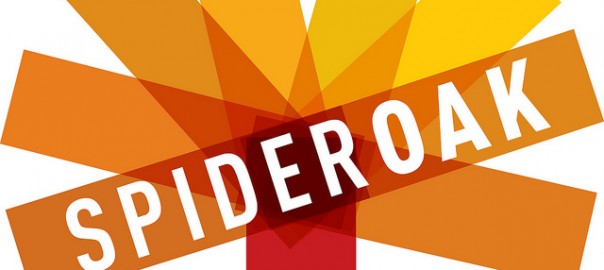Why I’m ditching Evernote for Simplenote (and Notational Velocity)
Before Christmas I organised a productivity-focused call for some of us at the Mozilla Foundation.* One tool I recommended was Notational Velocity, a service that syncs with Simplenote. However, I haven’t used it for a while as I’ve been trying to get to grips with using Evernote.
We’re moving to another country next month and, as part of that, I’ve set up a stack of notebooks in Evernote that I’ve shared with my wife. It’s our ‘external brain’ as it were, a place where we can dump information and sort it afterwards. On a couple of occasions, though, I found that we’d lost information. I just assumed that one or both of us weren’t ‘using it properly’.
Disturbingly, on Hacker News this morning I came across an article by former TechCrunch writer Jason Kincaid entitled Evernote, the bug-ridden elephant. After reading it (and I suggest you do too), I’m ready to return to a Simplenote-based solution.
While I’ve come across an app called Simple-for-Ever that syncs notes from Simplenote to Evernote, I haven’t found one that does the reverse. There’s a paid-for service called CloudHQ that’s allowed me to backup to both Google Drive and Dropbox, but is limited to 50 files 2GB of data transfer unless you pay $4.90/month or $49/year.
Update: a commenter on Hacker News asked why I wasn’t prepared to pay this. Given that I’ve been paying for Evernote Premium its not the money I’ve got an issue with. I’m just checking it works – and flagging to readers that it’s not an entirely free service.
Update 2: when you reach the 2GB limit for your trial, CloudHQ presents you with an option to get unlimited data transfer during the trial by tweeting about them.
Happily, if the worst comes to the worst, Evernote allows me to export everything to HTML. That’ll teach me to trust bloated closed-source products, eh? 😉
Update 3: the CEO of Evernote responded to Kincaid’s blog post here. I’m still moving away from it as I’m using Chrome OS more and more these days. Evernote’s web interface is clunky.
Update 4: I’m no longer using Chrome OS, nor GMail.
*You can see the etherpad we used for that call here.
Image CC BY-SA Igor Schwarzmann



